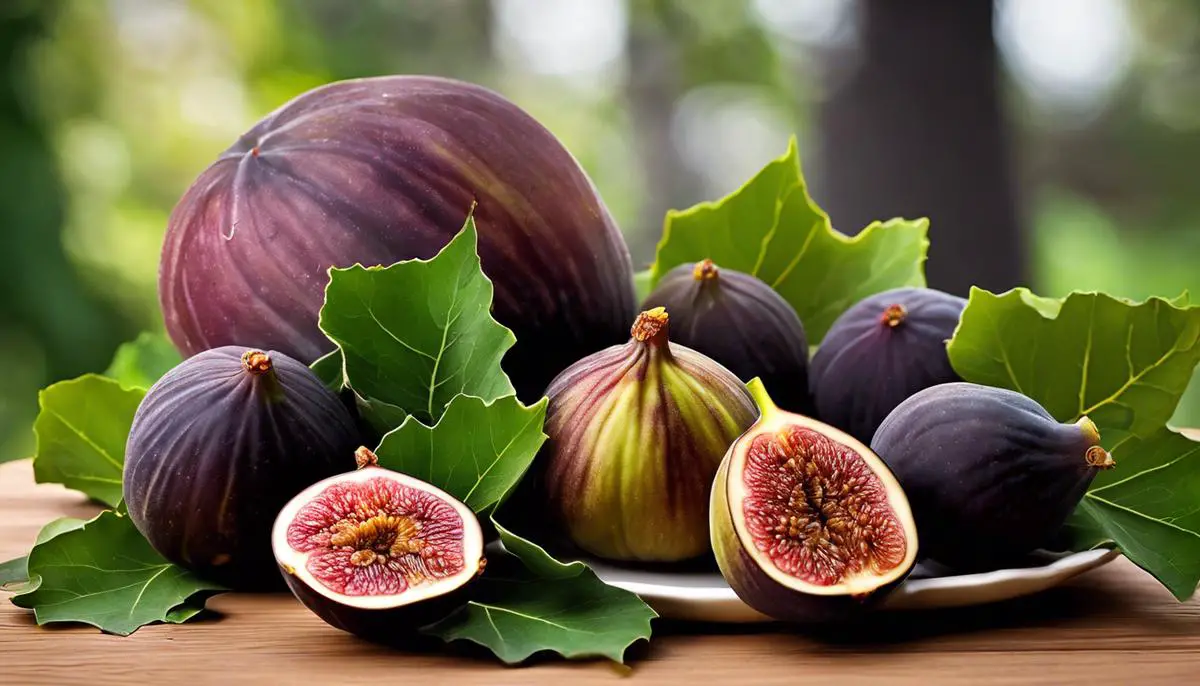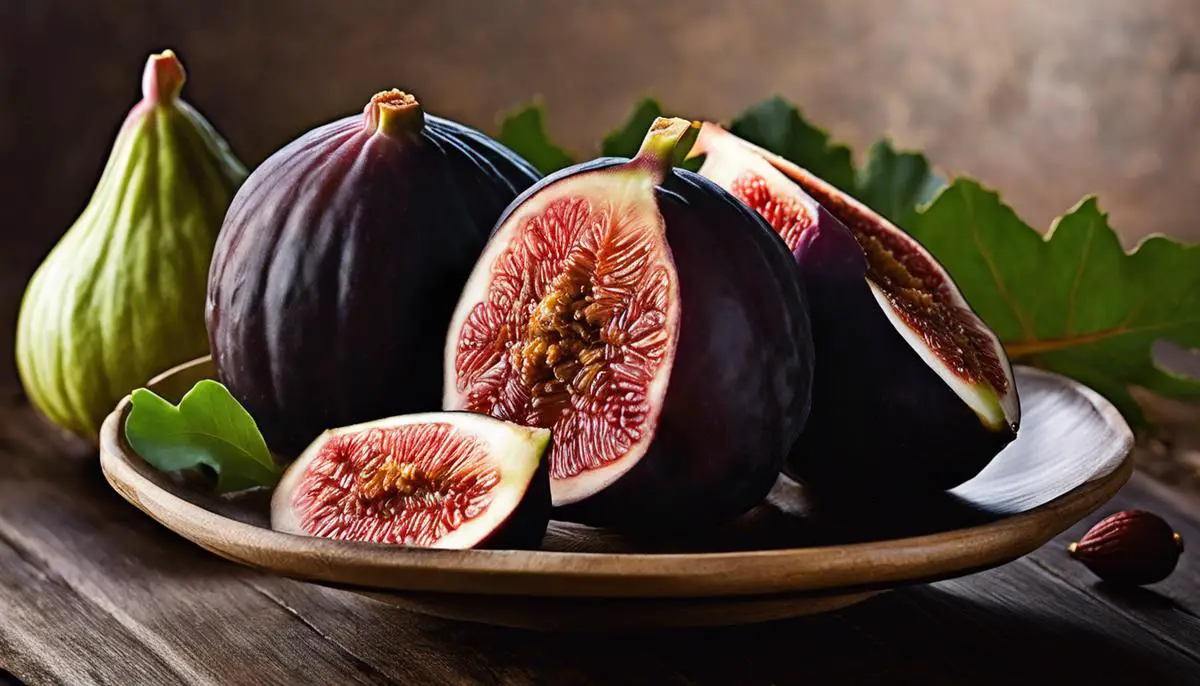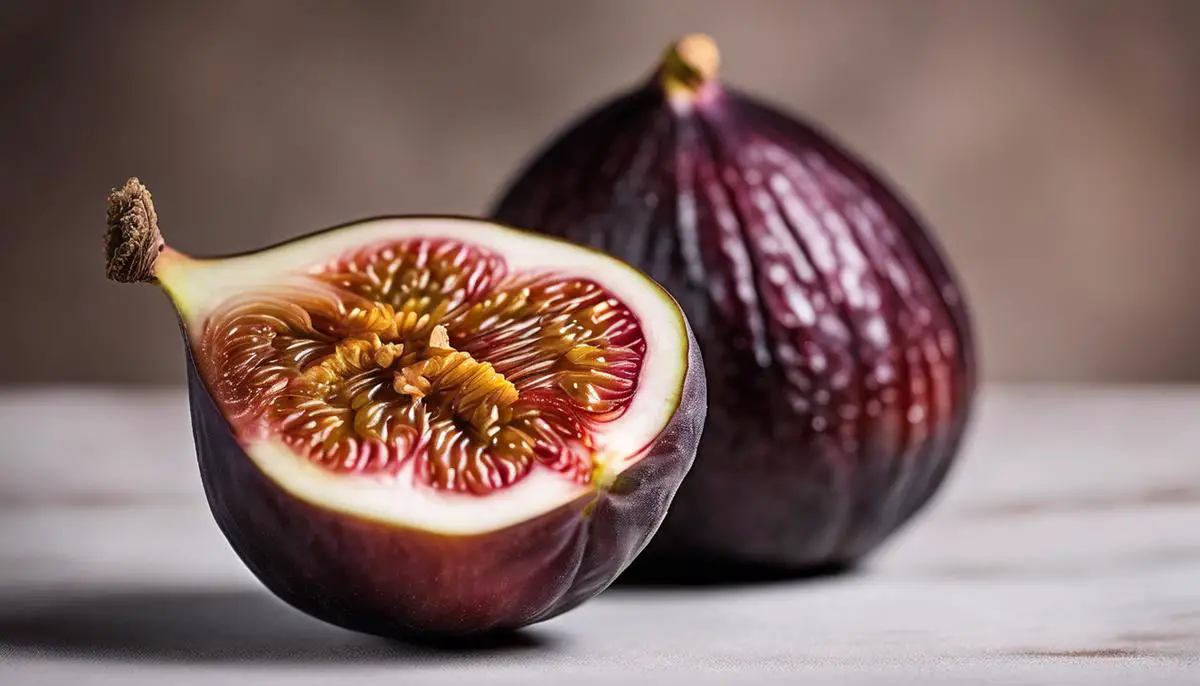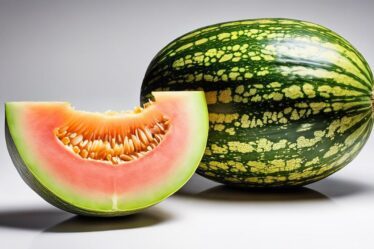
Delve into the fascinating world of fig cultivation with a focus on one of the most widely grown varieties, the Brown Turkey Fig. This resilient fruit plant, praised for its distinct taste and high nutritional value, has made a significant mark in the hobbyist horticulture scene as well as commercial farming. Bask in the enchanting lore of its origin, spread, and significance as we dissect its key characteristics, from its preferred climate to fruit production patterns. Further, we’ll take every aspiring gardener’s hand and guide them through the steps of planting, nurturing, and harvesting Brown Turkey Figs, unveiling the joy of watching these plants flourish and bear delicious fruit.
Understanding Brown Turkey Fig
Unfolding the Charm of the Brown Turkey Fig: A Versatile Marvel in Your Garden
Exploring the world of gardening can be a delightful diversion, considering the myriad of choices for nurturing plants. Among these countless options, one that stands out for its unique character and lip-smacking fruit is the Brown Turkey Fig (Ficus carica). From its whimsical name to its hardiness and produce, everything about this tree is extraordinary, bringing an element of enchantment to any garden.
Known for its unbeatable adaptability, the Brown Turkey Fig has an uncanny ability to thrive in a variety of climates. Whether the conditions are Mediterranean, subtropical, or somewhere in-between, this wonderful plant resists temperature extremes rather well. Incredibly forgiving of cold weather, it’s frost-hardy to USDA zone 5. However, a protected, sunny spot would still be the optimum choice for winter temperatures.
Perhaps one of the most endearing traits of the Brown Turkey Fig is its dual cropping. It’s one of the few fig varieties that produce fruit twice in a season—once in spring and again in late summer to fall, offering enthusiasts more opportunities to harvest. This generous bounty often leaves gardeners with more than enough to share, delighting family and friends with the sweet, earthy flavor of this exceptional fig.
The Brown Turkey Fig’s fruit is a charming blend of deep earth tones that reveal a rose-tinted, juicy flesh within. These figs are regarded for their mildly sweet flavor and satisfying texture. They offer excellent culinary versatility too – a treat to savor fresh from the tree or even a delightful addition to salads, jams, or baked goods.
Another attraction of the Brown Turkey Fig is its relatively compact size and non-aggressive root system, a boon for those who worry about invasive plant species taking over their gardens. This medium-sized tree seldom expands beyond 15-25 feet, adapting beautifully to container cultivation for those who prefer patio or balcony gardening.
Moreover, Brown Turkey Fig trees are self-fertile, sidelining the need for a partner plant to yield fruit. This characteristic underlines its reputation as an uncomplicated tree for beginning gardeners yet still holds irresistible charm for seasoned green thumbs.
High in fiber, calcium, and a powerhouse of antioxidant properties, the Brown Turkey Fig brings a host of health benefits alongside its delightful attributes—making it a truly special fruit tree to incorporate in any garden or yard. It’s not just remarkable in its beauty and bounty, but in the sustenance it offers, contributing wholesomely to wellness and a balanced diet.
With such abundant reasons, it’s not difficult to understand why the Brown Turkey Fig has cemented its place in the hearts of gardening enthusiasts. It’s more than just a tree; it’s a commitment to enjoying nature’s bounty with minimal fuss. If there’s a beginner-friendly yet truly rewarding addition to a green space, it’s undeniably the appealing Brown Turkey Fig.

Planting and Cultivating Brown Turkey Figs
After delving into the unique attributes of the Brown Turkey Fig, let’s explore the ins and outs of properly planting and caring for this delightful fruit tree. It’s not as daunting as it may seem. With a bit of attention and care, you’ll have a flourishing fig tree in no time.
Your first step is choosing the right planting location for optimal growth. The Brown Turkey Fig tree thrives best in full sun, needing at least six hours of direct sunlight daily. Ensure that the soil is well-draining. While the fig tree is adaptable to various soil types, it doesn’t do well with waterlogged roots.
The best time to plant your Brown Turkey Fig tree is during late winter or early spring. This gives the tree ample time to establish its root system before hot weather hits. When planting, dig a hole twice the size of the root ball. Make sure the top of the root ball is level with the surface to avoid burying the trunk.
Our beloved fig tree might be frost-hardy, but it does prefer a warmer climate. Colder weather can lead to leaf drop or even prevent fruiting. If you live in a region prone to frost, consider potting your fig tree. This way, you can move it indoors during frosty periods, ensuring a consistent growing season.
Proper watering is key to a happy and healthy Brown Turkey Fig tree. During the growing season, it’s a good idea to water the tree deeply at least once a week. Remember, fig trees hate waterlogged roots, so make sure your soil drains well. Also, in the hot summer months, more frequent watering might be necessary.
Feeding is another crucial factor to ensure ample fruit production. A slow-release, granular, complete, and balanced fertilizer applied during the growing season is all the nutrition this tree needs. Feed your Brown Turkey Fig tree once at the beginning of the grow season and once more mid-summer to encourage robust fruit production.
Pruning Brown Turkey Fig trees can seem confusing, but it’s actually quite straightforward. Prune in late winter, early spring, when the tree is dormant. Cut back any dead, diseased, or broken branches. Fig trees don’t require heavy pruning, but removing weak or overcrowded branches helps the tree focus its energy on fruit production.
Pests can be a problem, but often a healthy fig tree can fend off these intruders on its own. Applying an eco-friendly pesticide or introducing beneficial insects like ladybugs can also help keep pests in check.
With these tips at your fingertips, you should be well on your way to growing a thriving Brown Turkey Fig tree and enjoying its versatile, delicious fruit. So why wait? Let’s dig in and get started. The delight of homegrown figs awaits you. Enjoy the experience and the fruit of your labor!

Harvesting and Using Brown Turkey Figs
There’s an old saying, “Timing is everything,” and that could not be truer when it comes to harvesting Brown Turkey Figs. This variety of figs doesn’t ripen all at once. Instead, the tree continually produces new fruit while older fruit matures. That’s why careful observation and quick response to signs of ripeness are essential in finding the perfect harvesting moment.
At peak ripeness, the fruit should be large, have a deep, brown-purple color, and will hang slightly drooped from the branch. Another good indication of maturity is a tiny drop of honey-like substance leaking from the eye or the base of the fruit. Endearing wrinkle on the surface of the fig is an additional signal that sweet and luscious fruit is ready to be picked.
Fig picking need only your fingers and maybe a basket or container to collect the fruit. When the figs are ripe, they will usually come off the stem with only a slight twist. If you need to pull hard to remove the fruit, it’s probably not ripe yet. Since figs ripen quickly, daily visits to the tree are advised during the harvesting season to ensure none of the fruit goes to waste.
In terms of when to harvest, the majority of the crop, often termed as the main or summer crop, matures in late summer to early autumn. There is usually a smaller, bonus or Breba crop which matures in late spring to early summer.
So, you’ve got a basket full of freshly picked Brown Turkey figs, now what? The fun part starts as you venture into the culinary world of figs. Being sweet and mildly flavored, figs are fantastic fresh, eaten straight from the tree. However, their versatility doesn’t stop there. You could turn them into delicious homemade jams or preserves. Their sweetness beautifully balances with acidity of citrus fruits, making them a star ingredient in fig and lemon marmalade.
Figs can also be dried for longer storage, great as a snack, in granola, or baking. They are a fabulous addition to salads for a sweet twist, can be used to top off pizzas, or made into mouth-watering appetizers by stuffing them with goat cheese and wrapping in prosciutto. If you’re into baking, figs can find their way into a variety of cakes and cookies, letting you share fruits of your tree in a form of a delightful, home-baked treat.
So, with some knowledge on when and how to harvest and endless culinary use possibilities, it’s easy to see how growing and caring for Brown Turkey fig trees can become a rewarding and delicious hobby. Happy harvesting!

After a journey of understanding the Brown Turkey fig, the joy of successful cultivation amplifies when the time arrives to relish the fruits of your labor. The experience of identifying ripe figs, storing them properly, and exploring creative culinary uses can bring a sense of gratification that few other hobbies can parallel. From the spectrum of its unique taste to its robust nutritional profile, the Brown Turkey fig encapsulates a delightful gardening adventure waiting for you. So, take this leap, create your own fig orchard, and luxuriate in the pride and flavor that comes with it.



